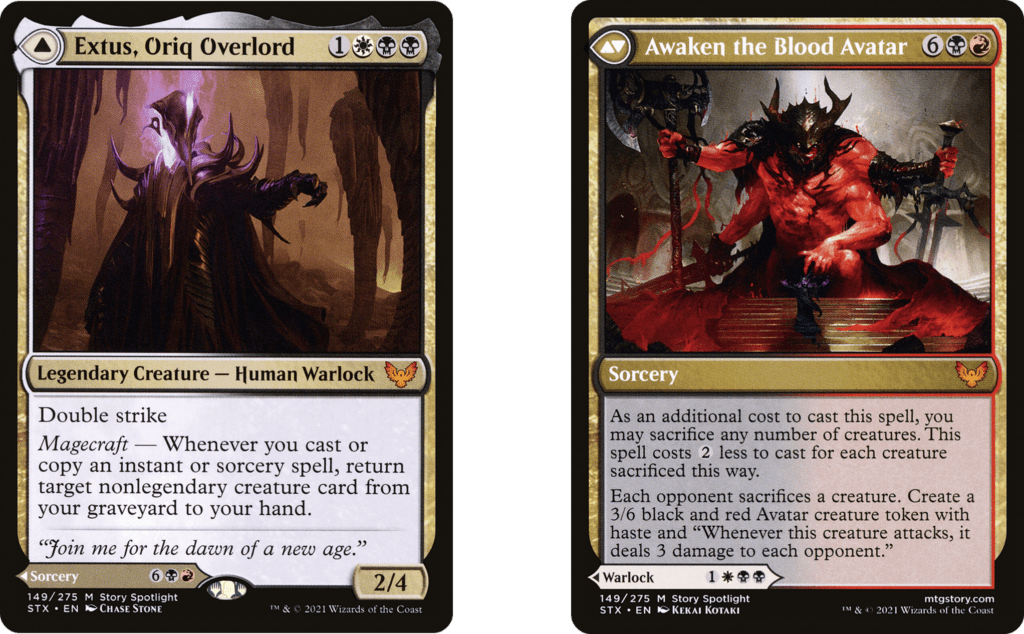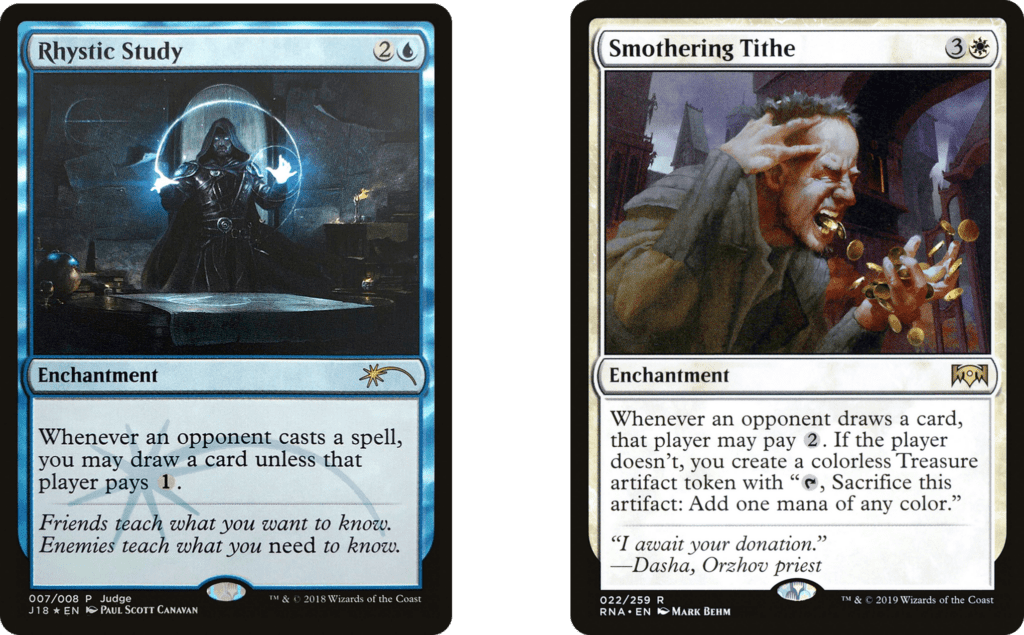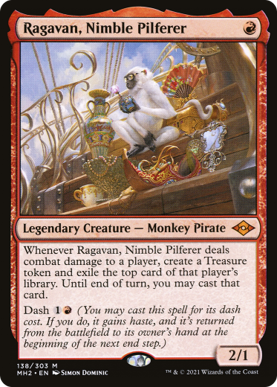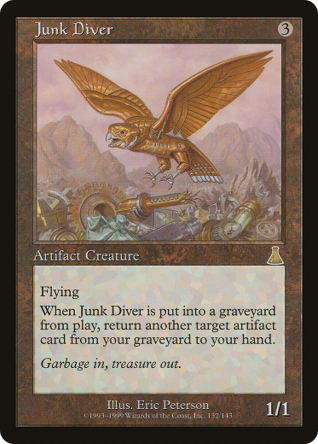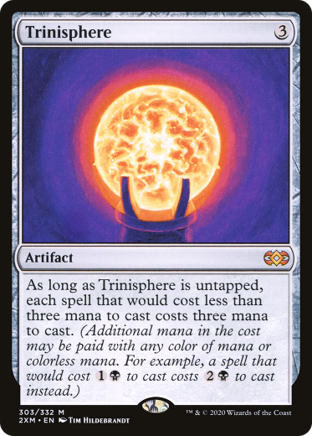It may not be the case in other formats, but Commander deckbuilding is definitely more art than science. Self-expression has been baked into the format since its inception as “Elder Dragon Highlander.” It’s right there in the name: Sheldon Menery & friends were just excited to brew decks with these big dumb dragons!

Of course, in the years since, we’ve seen the range of available commanders expand far, far beyond that original cycle of Elder Dragons. For example, prior to the first official precons 11 years ago, the only Mardu commander choice was Oros, the Avenger. Now we’re up to 20—with options that support every strategy from aristocrats, to equipment voltron, to enchantments, to vampire tribal. This variety has led to more exploration in deckbuilding and more chances for individual expression, which only deepens the sense of identity and attachment we feel to our favorite cards.
And that’s a great thing!
Thinking about Magic and exploring the depths of the card pool is a huge part of the game’s appeal. When players are not confined by the narrow metagame of a tournament format, they can really revel in that feeling. Commander players (and Cube builders, for that matter) are notorious for monologuing about their card choices, but wouldn’t you when you can exclusively play the cards you think are the coolest in all of Magic?
The Problem with “Must Plays“
Commander-focused products have radically expanded the horizons of the format beyond what they were even five years ago. Now your command zone can play host to lands, artifacts, enchantments, equipment, planeswalkers that are partners, friends forever, even sorceries (sort of).
Wizards of the Coast have fully dialled-in their card design for the needs of the multiplayer singleton format, even loosening the color pie to ensure every identity can access key effects like card draw or enchantment removal. Their efforts to balance the interplay between commanders and spot removal have made card-blanking auras and ward costs a mainstay of all new sets. And “fan favorite” mechanics like treasure, goad, coin-flipping and spell-stealing have been pushed well past the point of novelty and are now serious threats at every table.
But you can have too much of a good thing. This glut of new cards tailor-made to work well in multiplayer has inevitably displaced the kind of dollar-bin rares and quirky uncommons which had been the mainstay of the format. The phenomenon is most obvious when it comes to essential, generic utility effects. Mana ramp. Card draw. Removal. Defensive interaction. The kind of value-multiplying permanents which effortlessly overlap into infinite combo kills, or those which farm value passively from opponents without asking you to tap more mana.
There have always been best-in-class versions of these effects, but the singleton rule meant that most decks still relied on more specific, synergy-driven options to fill out the bulk of their slots. Having one Sol Ring in the format gave Commander a mascot. It also created some memorable politicking when a player lucked into it in their opening hand. Having 20 or 30 Sol Ring-tier cards for any given color identity means seeing the same rote sequences of play at every table, even from ostensibly novel decks. Even the “non-staple” cards people play start to lean towards whatever works best against—or with—these ubiquitous bombs.
I Fought the Meta and the Meta Won
The more your games are decided by the same overpowered resource generators and free interaction, the harder it is to pretend the unique cards in your deck—even your commander—actually matter. This kind of pressure on the metagame, and the inevitable cries to ban various cards in response, is familiar to those who play competitive Constructed formats.
Historically, Commander has relied on Rule Zero as a one-step solution to metagame crunch. But for those playing pick-up games on Spelltable or at their local store, this discussion is just too granular. It is too subjective to negotiate every time you sit down at the table. So, how do you make your personal pet card or favorite theme deck work in this more demanding Commander metagame?
I’ve seen some friends try to just jam their darlings in alongside the good stuff, but usually that just makes the gulf in power and utility even more obvious. It’s harder to feel excited about casting your old-school Shivan Dragon using mana from Jeska’s Will when the other cards you revealed are Dockside Extortionist and Wheel of Fortune.
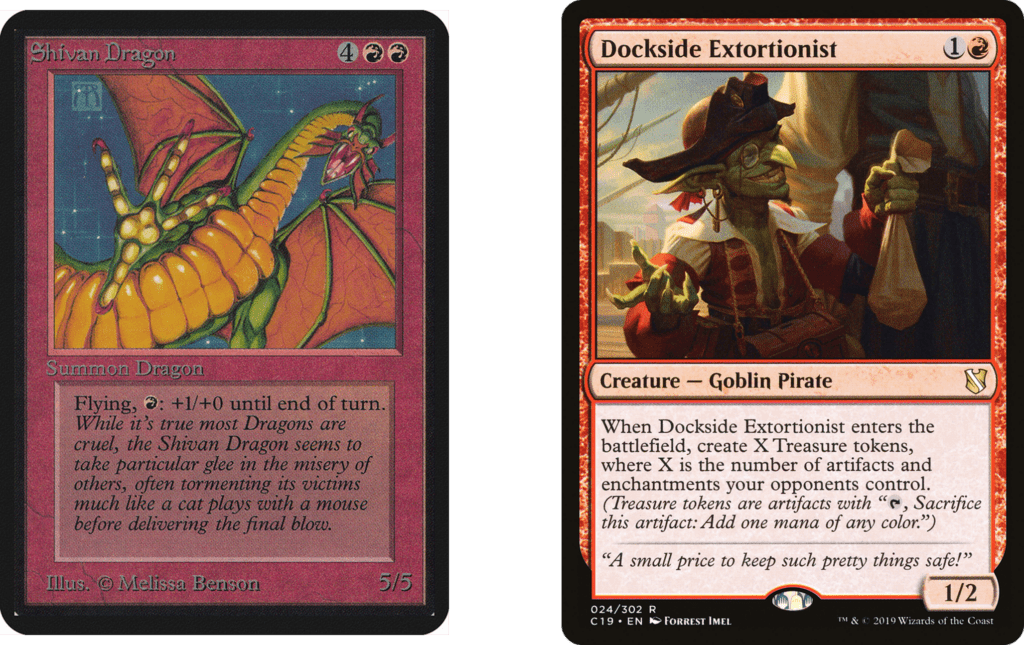
The best time to ban Dockside Extortionist was the day it was spoiled;
the second best time is now.
Remember, the third integral component of a satisfying deck is “potential.” Even if you don’t win, you want your cards to be impactful enough that other players care about them and have them influence the narrative of the game. If we aren’t relying on Rule Zero to shape the game environment into one where our pet cards matter, then we need to focus on what we can control: our own deckbuilding.
The Syndrome Principle
First, you need to set clear goals about what playstyle and cards you want each deck to enable. You have to be focused when you’re turning trash into treasure. This might feel like exactly the compromise on fun we’re trying to avoid, but trust me, there’s a big difference between playing half the cards you like and playing none of them. Plus if you’re like me, that just gives you an excuse to build a second deck to utilize the other half!
Once you know what cards or mechanics your heart is absolutely set on, the next question to ask is: “in what scenario is this the most powerful thing I could do?” Magic players love to throw around terms like “strictly better,” but if you’re willing to work at it then almost any unique facet of a card can become its selling point, even obvious drawbacks.
Want to play big dumb creatures like our friend Shivan Dragon? You could reduce their cost with commanders like Rakdos and Henzie which still appreciate creature combat. Or you could try playing it off Grenzo or Purphoros. You could discard it for value and then reanimate it to get around that cost. Or you could leverage your high mana values directly with synergistic effects. You can also play “symmetrical” cards which let everyone more or less play spells for free – but whose cards are the most powerful then?!?

(Dream Halls)
THE *Reverse* Syndrome Principle
This last idea in particular is the most reliable way to make bad cards good. If your theme is particularly obscure, there may not be enough cards that directly support it. But you can almost always modify the game in generic ways so everyone is on the same level. If the deck you want to play doesn’t draw a million cards, abuse expensive lands, or play exclusively at instant speed, then don’t let anybody else. Or at least make them fight you for it. Hey, now you’re meaningfully interacting!
There’s still some stigma around playing these sorts of “stax” or prison cards at some tables, but those attitudes seem to be fading as the average power level rises. When mana is so readily available to all colors, Trinisphere feels more like a reasonable speedbump than a “you can’t play” roadblock.
But if you don’t want to be the one setting limits on what other players can do, you can still set yourself limitations which push you towards the type of deck you want to play.
Inner Peace Through Better Brewing
When I started playing Commander, I was put off from building tribal or voltron decks because of how linear and one-note their gameplan looked. But eventually I found commander which let me have my cake and eat it too! Celestial Kirin rewards me for playing a Spirit deck, but in a more controlling way which deprioritizes the ubiquitous tribal-enhancing permanents which would otherwise outshine my creatures.
Oketra the True and Karona, False God are my equipment and aura decks respectively, and both introduce fun intermediate steps into the voltron gameplan of “suit up and swing.” Oketra requires believers, and Karona requires enough defensive tools that I’m not the soft target for other players taking control of her.
It might sound like I’m hobbling myself, but these sorts of cards usually have some upsides to compensate. Oketra gets the two best keywords for voltron by default, and Karona can outdamage any other combat commander just by sheer volume of attacks. Most importantly, these extra deckbuilding requirements give me a fresh excuse to explore and experiment with off-meta card choices, and often enough I end up finding plenty of power in these unexpected places.
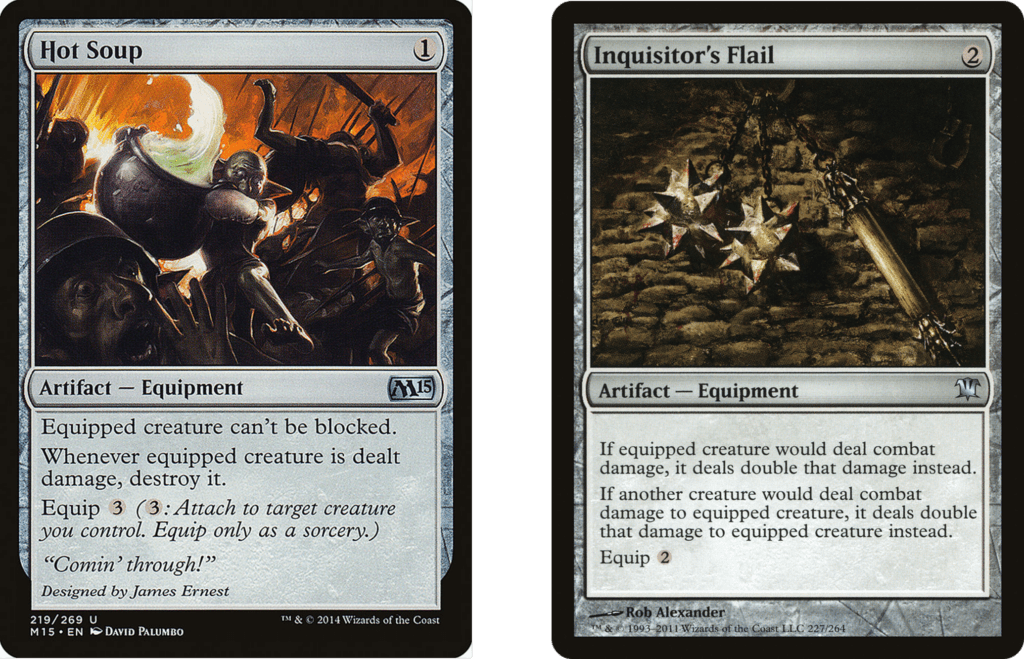
(Hot Soup | Inquisitor’s Flail)
If you’re finding yourself being squeezed out of playing the cards you love by increasingly powerful metagame staples, I recommend finding any way you can to tip the scales back towards fun. And if you’re not convinced yet, let’s make this a group project: find me on Twitter and together we can create a plan that makes your favorite jank feel justified!

Tom’s fate was sealed in 7th grade when his friend lent him a pile of commons to play Magic. He quickly picked up Boros and Orzhov decks in Ravnica block and has remained a staunch white magician ever since. A fan of all Constructed formats, he enjoys studying the history of the tournament meta. He specializes in midrange decks, especially Death & Taxes and Martyr Proc. One day, he swears he will win an MCQ with Evershrike. Ask him how at @AWanderingBard, or watch him stream Magic at twitch.tv/TheWanderingBard.


